Kripto para dünyasındaki en son haberlerin kaynağı — trendler, analizler ve piyasa hareketleri.
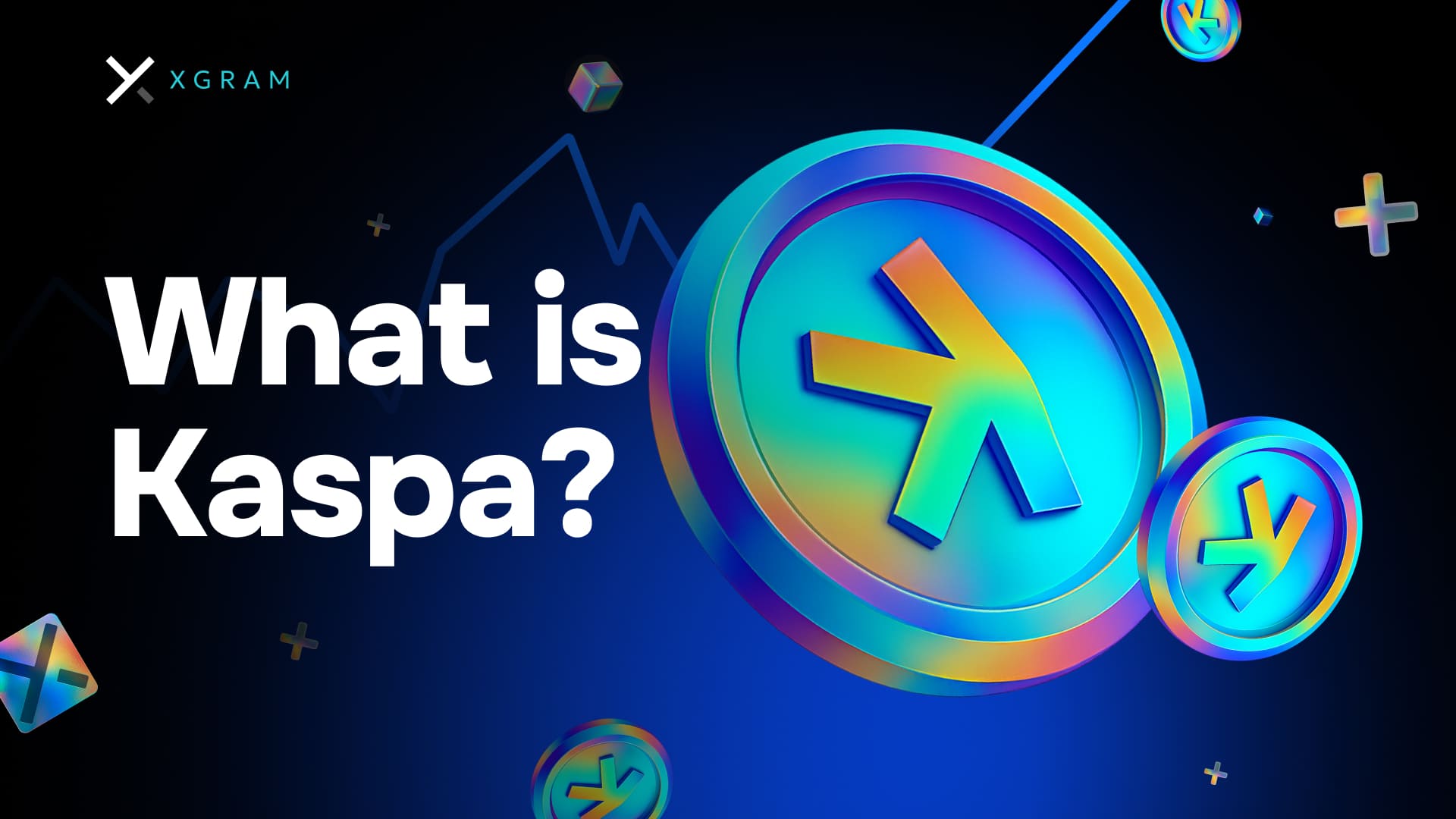
Kaspa kripto meraklıları arasında giderek daha fazla dikkat çekiyor, ama birçok yeni kullanıcı hâlâ “Kaspa nedir?” diye soruyor. Dijital varlıklara ilk kez giriyorsan, bu rehber Kaspa’nın arkasındaki temel fikirleri, popüler kriptolardan nasıl ayrıldığını ve kripto yolculuğun için neden önemli olabileceğini anlamana yardımcı olacak. Yazının sonunda teknolojisini, olası kullanım alanlarını ve projeyi güvenle nasıl keşfedebileceğini daha net göreceksin.
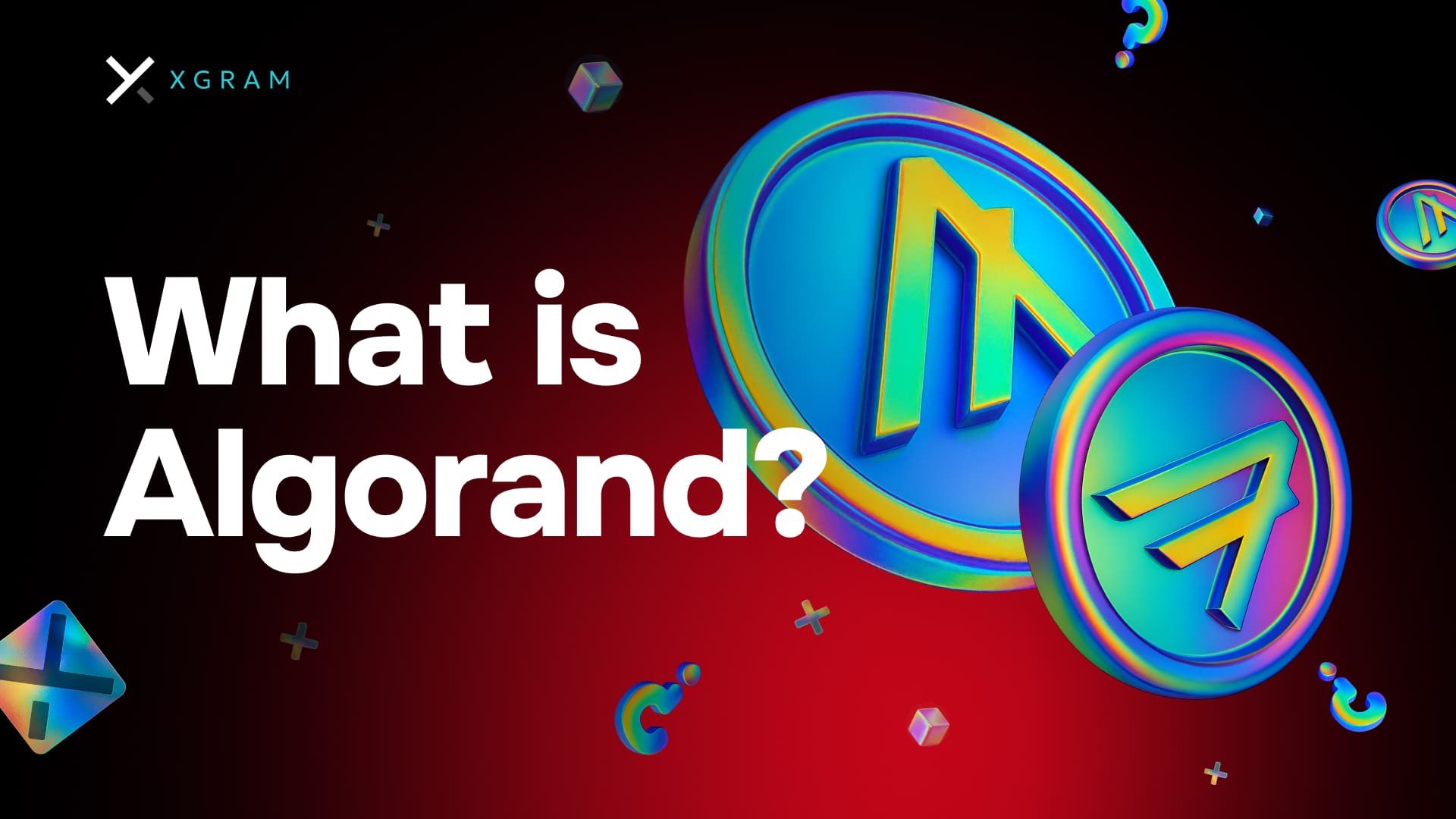
Algorand, eski blokzincir ağlarına kıyasla hızlı işlem işleme sunar. Bu hız, işlemleri neredeyse gerçek zamanlı onaylamak için tasarlanmış saf proof-of-stake konsensüs mekanizmasından gelir. Hızlı kesinleşme sayesinde işlemler daha çabuk tamamlanır ve takılı kalma riski azalır. Ağır hesaplama gerektiren zincirlere kıyasla Algorand’ın yaklaşımı tıkanıklığı ve ücretleri ciddi biçimde düşürür. Basitçe söylemek gerekirse, onaylar için uzun süre beklemeden pürüzsüz bir kullanıcı deneyimi yaşarsın.

Buradasın çünkü Jasmy coin nedir ve neden birçok yeni yatırımcı tarafından merak ediliyor öğrenmek istiyorsun. Belki veri gizliliğiyle ilgili olduğunu duydun ya da gerçek kullanım alanları olan bir ERC-20 token olduğunu biliyorsun. Nereden başlıyor olursan ol, bu rehber tamamen yeni başlayanlar için hazırlandı.
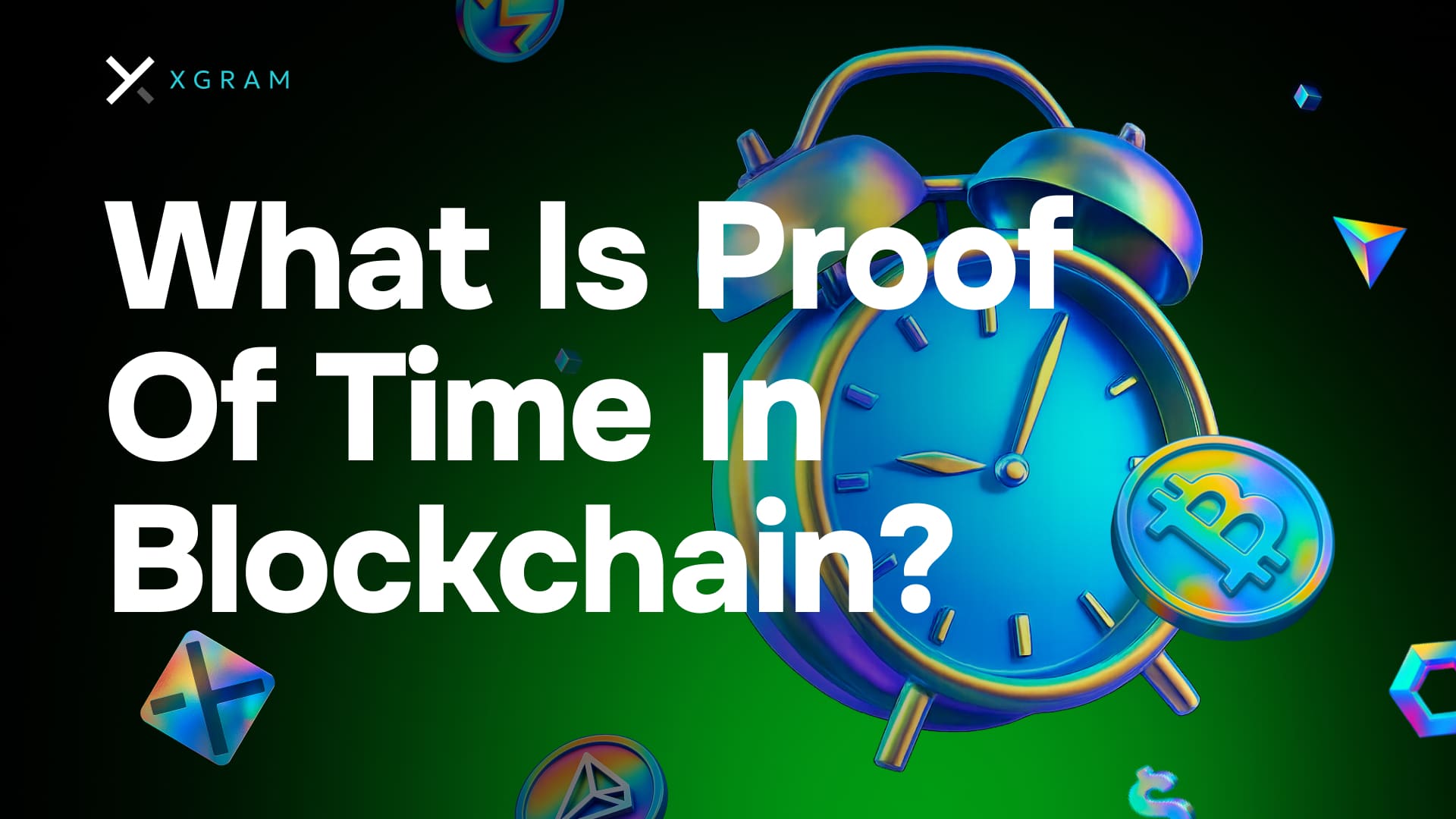
Kriptoya yeniysen, muhtemelen blockchain’de proof of time nedir ve neden önemli diye merak ediyorsun. Proof of time, bir blockchain ağında katılımcının ne kadar çok kaynağa sahip olduğuna (hesaplama gücü veya token gibi) değil, ne kadar süreyle kaynak ayırdığına odaklanan, yeni ortaya çıkan bir konsensüs yaklaşımıdır. Bu model, adalet, verimlilik ve güvenliği aynı anda hedefler.
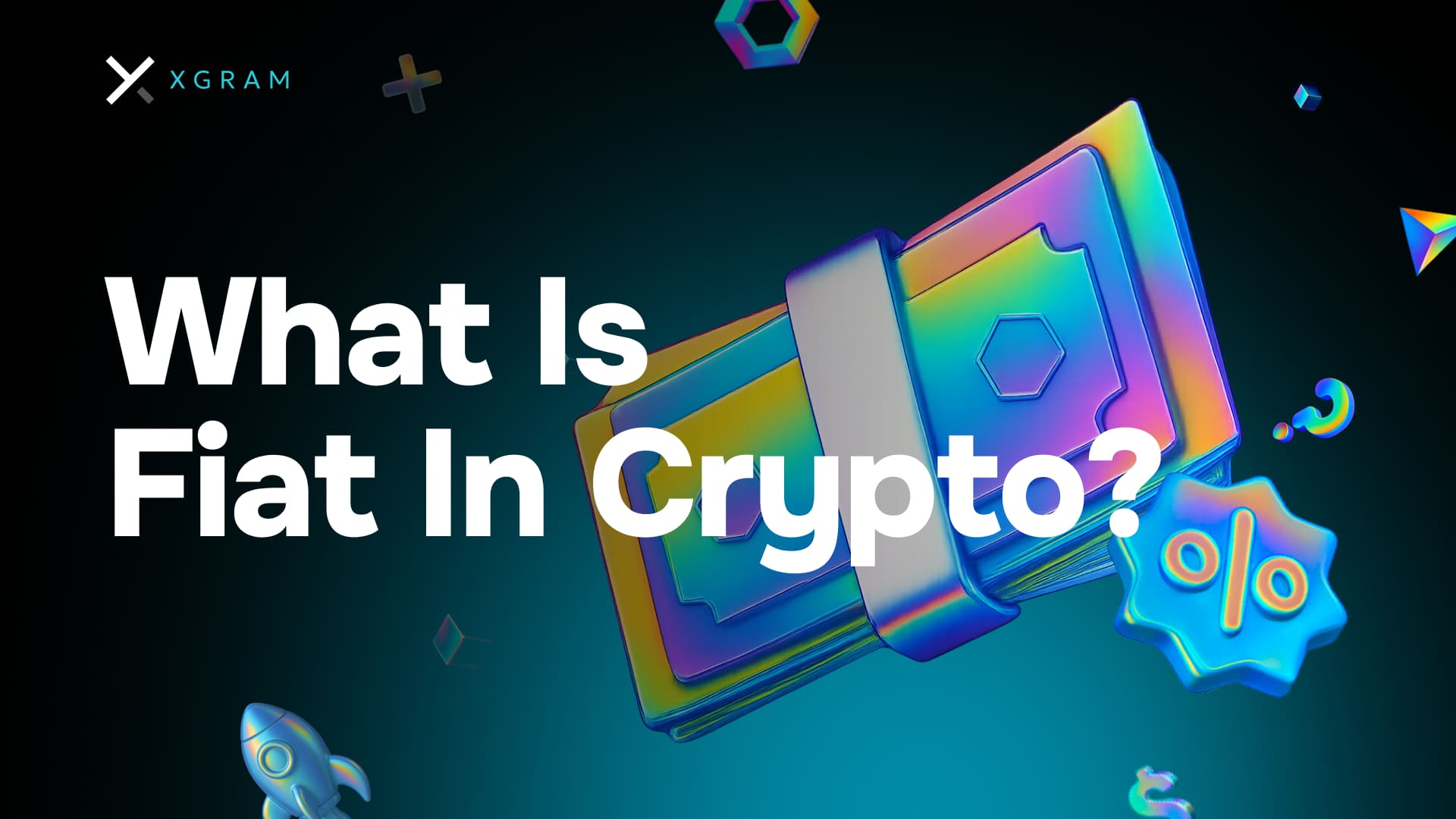
“Fiat”, USD, EUR veya JPY gibi devlet destekli geleneksel para birimlerini ifade eder. Kripto dünyasında fiat, dijital varlık alıp satarken giriş ve çıkış kapındır: kriptoyu satın almak veya nakde dönmek için onu kullanırsın. Fiat önemlidir çünkü küresel ekonomik istikrarın temelini oluşturur; kripto ise yenilik ve merkeziyetsizlik getirir. İkisini dengelemek çoğu zaman döviz kurları, komisyonlar ve cüzdan güvenliğini yönetmek anlamına gelir.
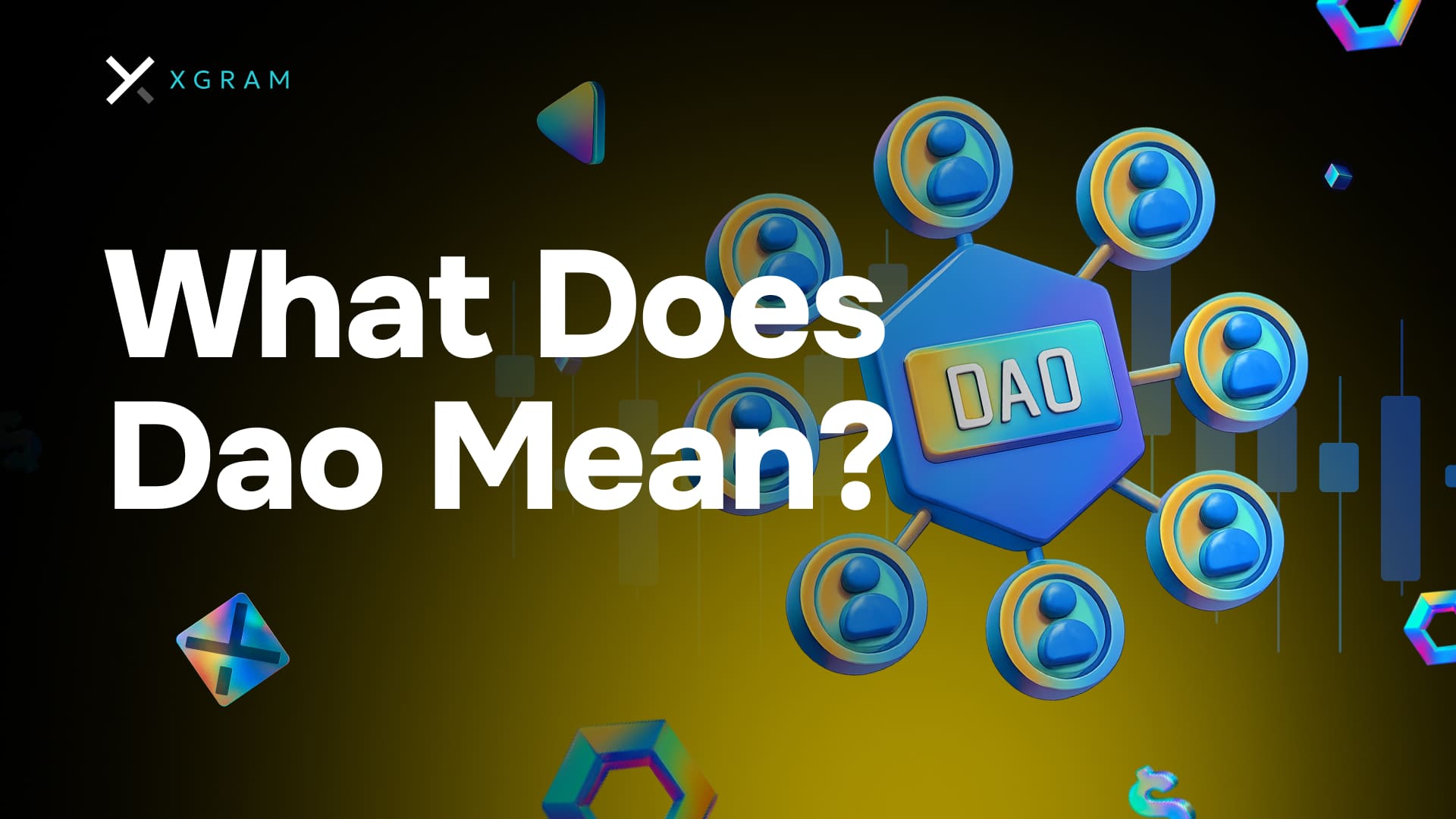
Kripto paraları ilk kez keşfediyorsan, muhtemelen bu kısaltmayla sık sık karşılaşmışsındır. DAO, yani Decentralized Autonomous Organization (Merkeziyetsiz Otonom Organizasyon), birçok kripto projesinin ve topluluğunun yapı taşlarından biridir. Ortak kurallar etrafında insanları toplamayı sağlayan yeni bir modeldir; üstelik gemiyi yöneten merkezi bir otorite olmadan. DAO’lar girişimleri finanse edebilir, değişiklikler önerebilir ve destekçileri tamamen şeffaf, blokzincir tabanlı mekanizmalarla ödüllendirebilir.
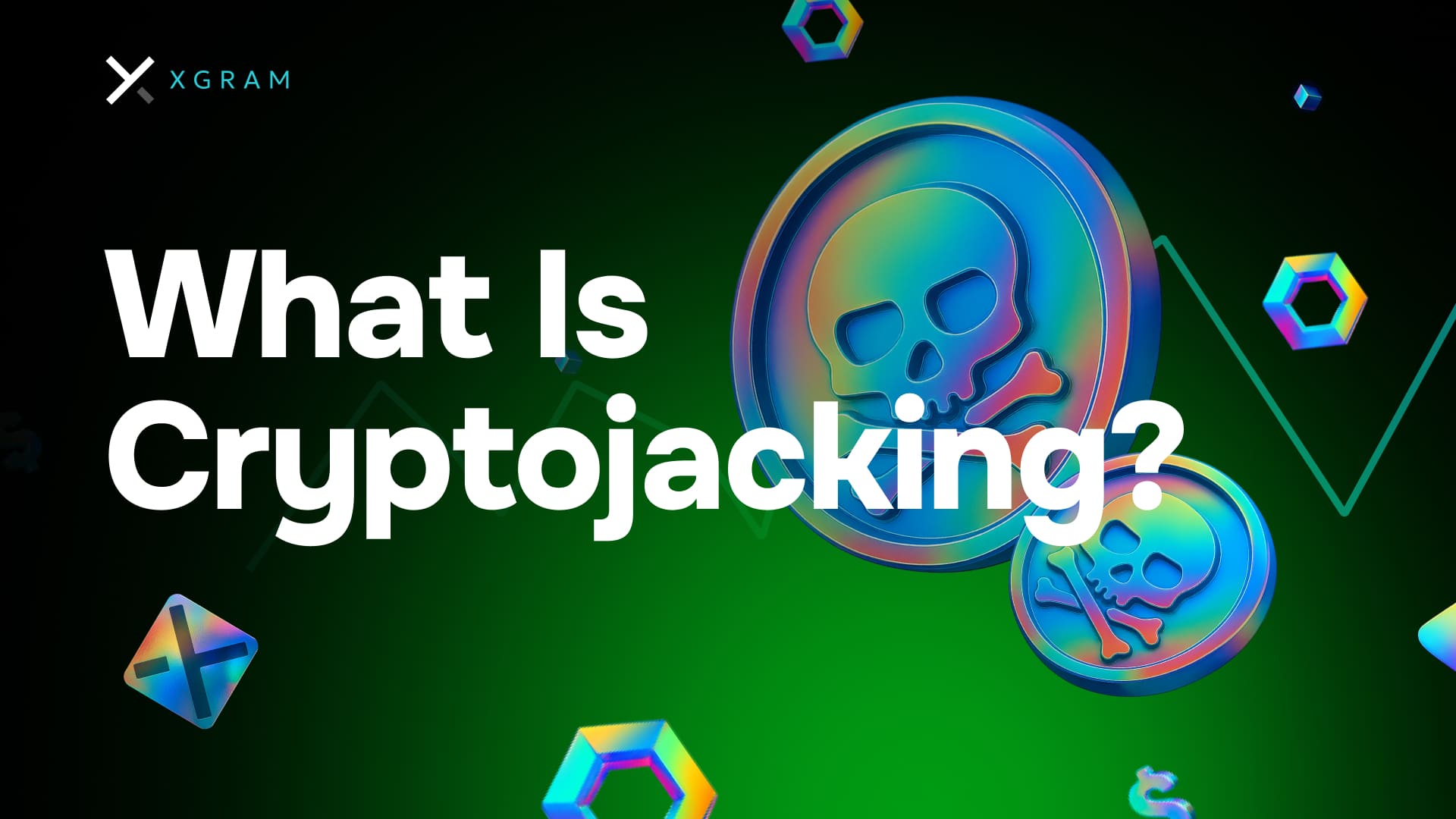
TL;DR: Cryptojacking, senin iznin olmadan cihazlarını (bilgisayar, akıllı telefon veya sunucu) gizlice kullanarak kripto para madenciliği yapılmasıdır. Zararlı linkler, enfekte siteler veya ele geçirilmiş yazılımlar üzerinden sisteme sızar. İçeri girdikten sonra işlemci gücünü ele geçirip saldırganlar için coin üretir—sonuçta pilini hızlı tüketir, performansı düşürür ve elektrik faturanı şişirir. Doğru önlemlerle bu saldırıları ciddi zarar vermeden önce tespit edip engelleyebilirsin.
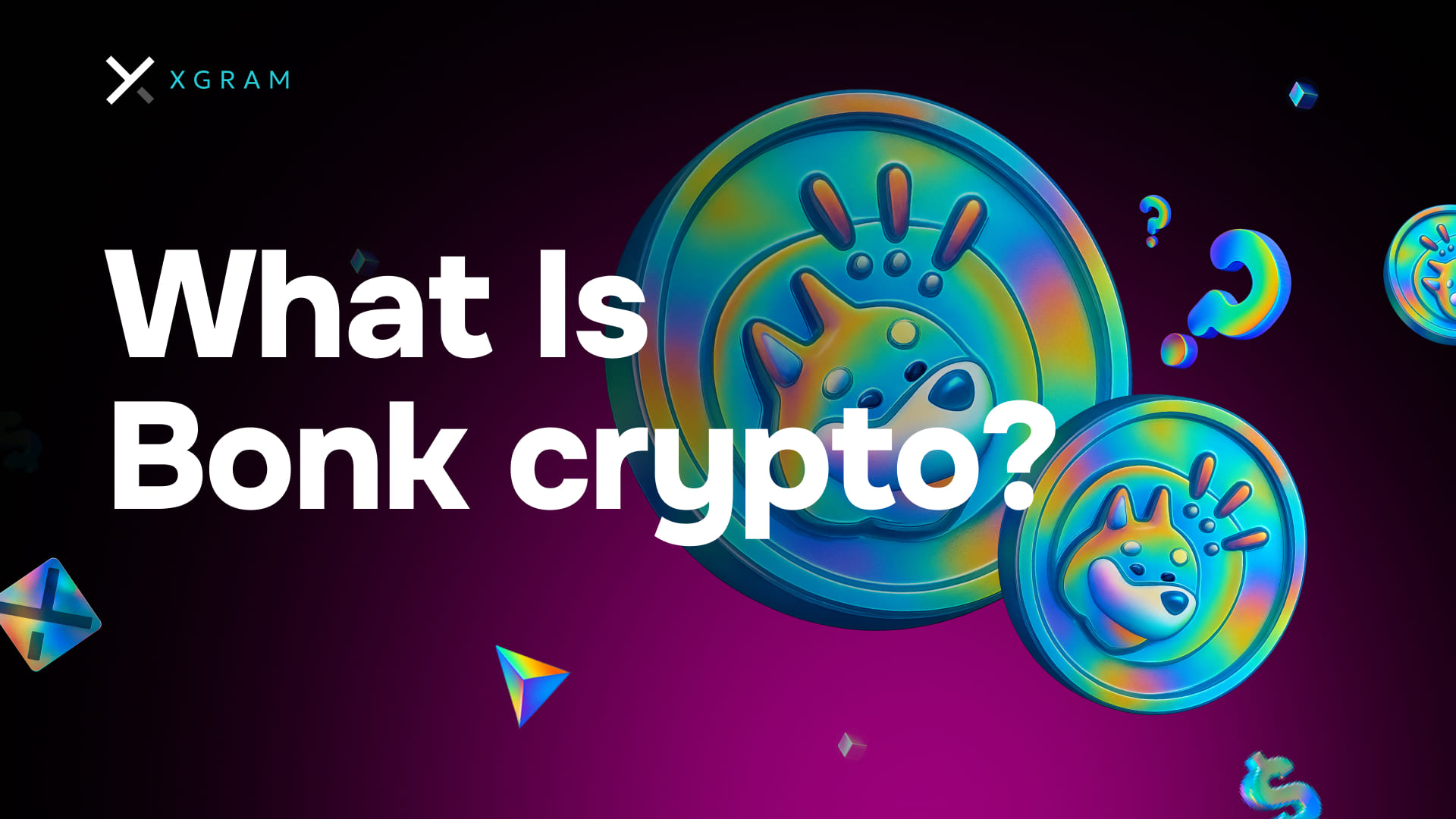
Özet (TL;DR): Bonk, kendine özgü markalaşması ve “meme coin” tarzı cazibesiyle dikkat çeken, görece yeni bir kripto para birimidir. Çoğu kişi onu diğer meme coin’lerle karşılaştırsa da, proje sadece hype’tan ibaret olmamayı ve topluluk odaklı bir yaklaşım sunmayı hedefliyor. Çoğu yeni token’da olduğu gibi Bonk da hem fırsatlar hem de riskler barındırıyor ve yatırım yapmadan önce bunları gerçekten anlaman gerekiyor. Bonk’un temellerini incelemek, kendi yatırım stratejine uyup uymadığını görmek için zorunlu.
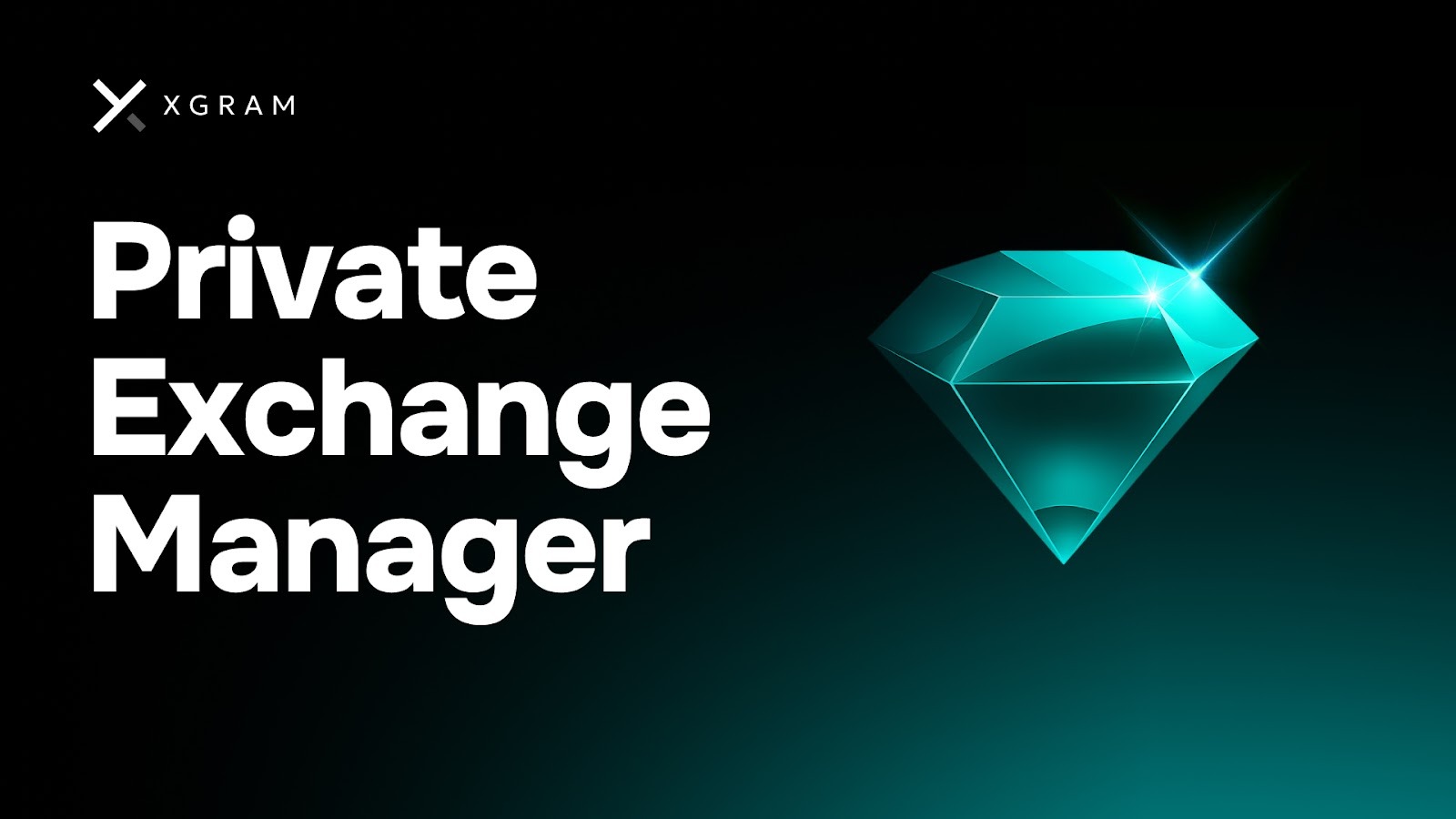
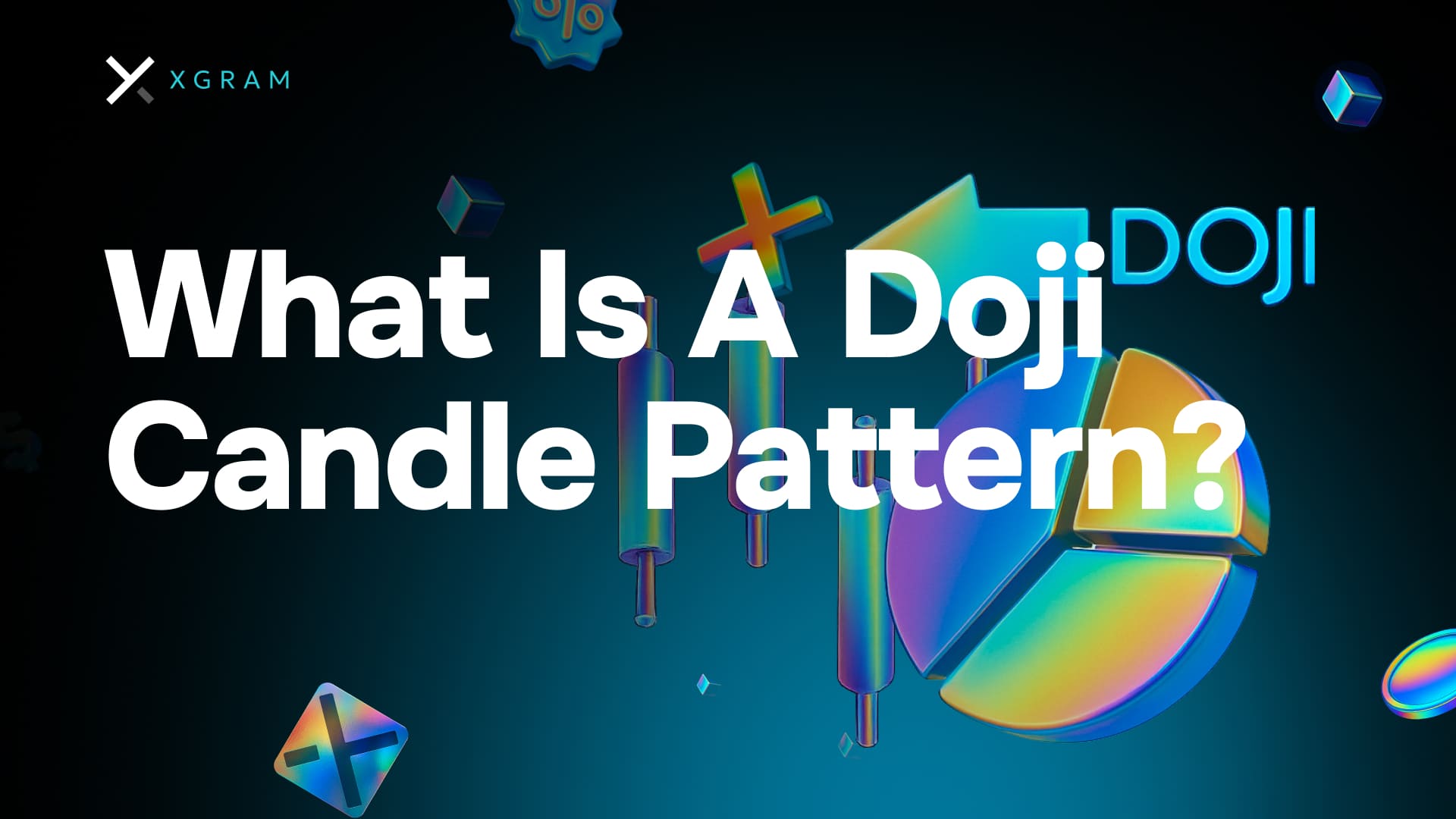
Hiç doji mumunun ne olduğunu ve trader’ların buna neden bu kadar önem verdiğini merak ettiniz mi? Doji mumlarını anlamak, piyasa hareketlerini daha iyi kavramanıza ve fiyatların yön değiştirmek üzere olabileceği anları fark etmenize yardımcı olabilir. Aşağıda, kendi alım satım yolculuğunuzda doji mum formasyonlarını güvenle okuyup kullanmanız için bilmeniz gereken her şeyi bulacaksınız.

10 rastgele seçilen işlemciye 100 USDT veriyoruz – sıralamalar yok, büyük balina olmanız gerekmiyor. Sadece işlem yapın ve kazanma şansınız olsun!
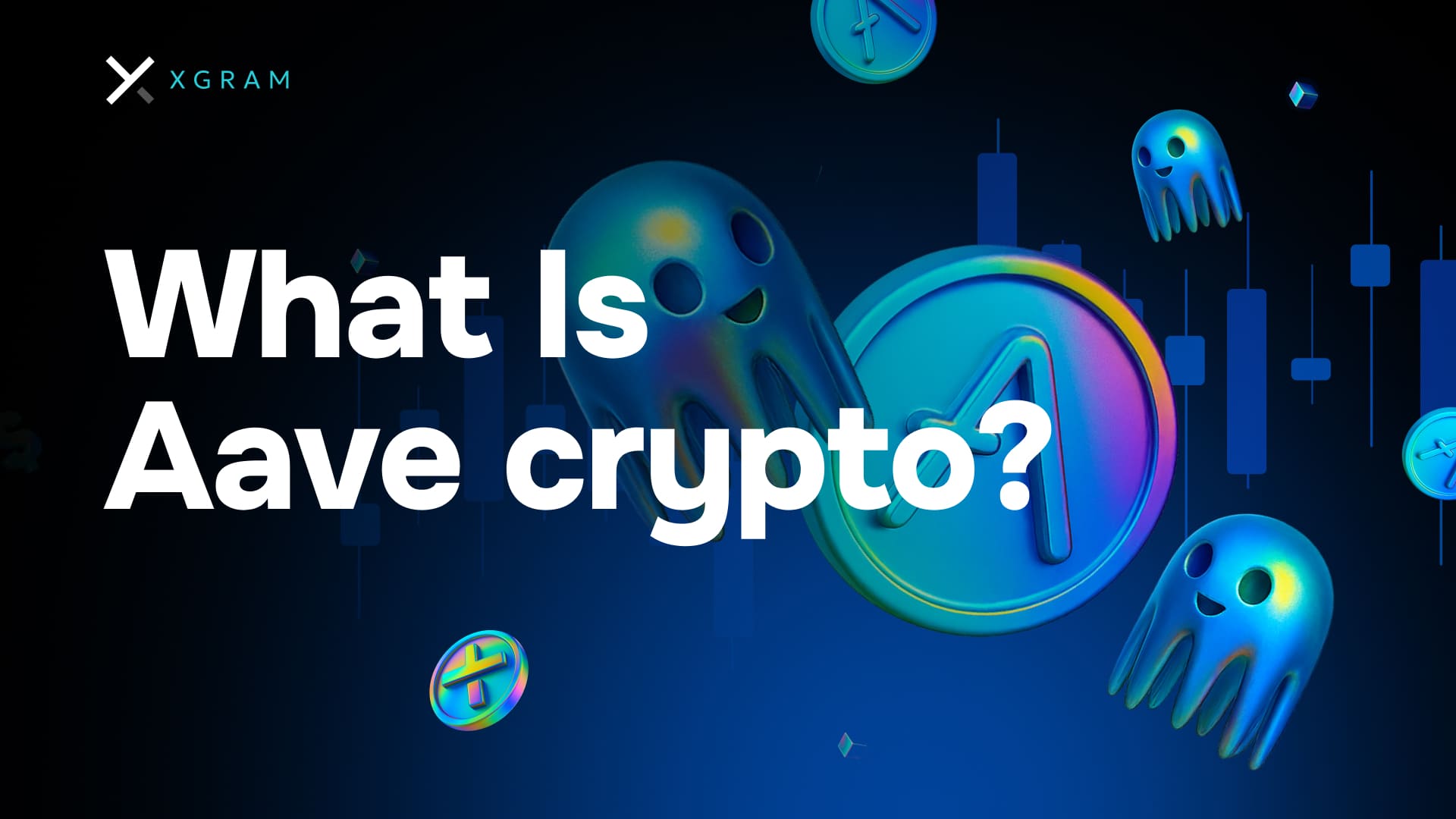
Merkeziyetsiz finansa ilk kez giriyorsan, muhtemelen şu soruyu merak ediyorsun: Aave kripto nedir? Bu protokol, geleneksel aracılara gerek kalmadan borç alanlar ile borç verenleri birbirine bağlayarak kripto kredi alanında önemli bir rol oynuyor. Basitçe söylemek gerekirse, Aave sana dijital varlıklarını ödünç vererek faiz kazanma ya da bunları teminat göstererek borç alma imkânı sunuyor. Aşağıda, Aave’in kişisel kripto stratejine uyup uymadığını anlaman için bilmen gereken temel noktaları bulacaksın.